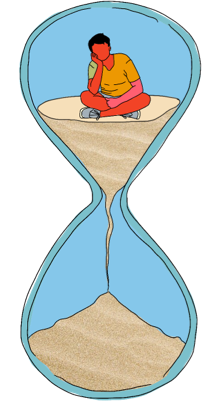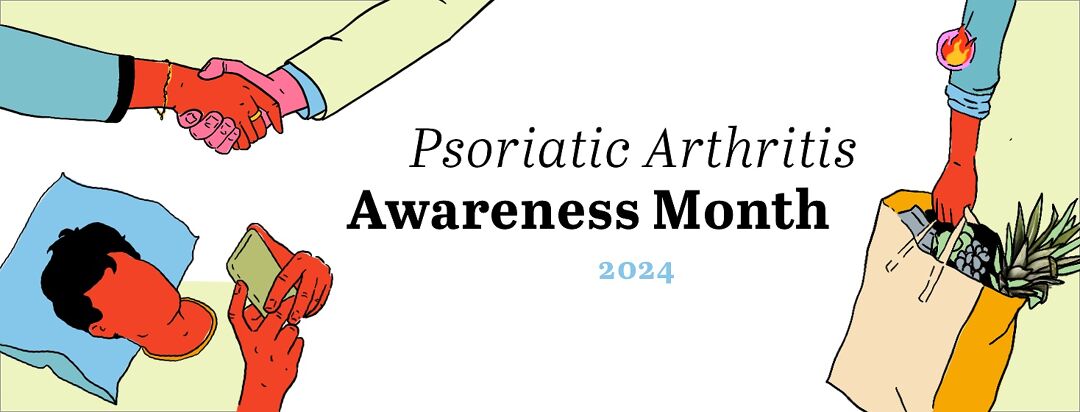Our Unique Experiences With PsA: Awareness Month 2024
Psoriatic arthritis is a unique and complex condition. Even amongst people living with psoriatic arthritis (PsA), there are varying symptoms, severity, treatment plans, flare triggers, and more. For Psoriatic Arthritis Awareness Month this May, we would like to shed light on the diverse experiences of people living with PsA.
Although PsA can look different for all of us, it doesn't mean we cannot come together and support each other. In fact, it is even more of a reason for us to support each other and discuss our personal experiences and management plans.
Let's take a look at some of the unique ways PsA can present itself.
Variation in PsA flares and triggers

A flare is a period of time when symptoms are more painful. Flares, or flare-ups, of PsA can vary from person to person. They can affect multiple areas of the body or just 1 area. With each flare, symptoms also can change.1
The length of time that flares can last varies from a few days to never-ending. The factors that trigger a flare can also vary from person to person – from stress, lack of sleep, overexertion, certain foods, and more. It can take a lot of trial and error to identify and avoid different triggers, when possible.1,2
Treatment and management plan differences
While there is no cure for PsA yet, there are many available treatment options to manage symptoms and slow the progression. But access to treatment looks different for everyone. For some, it can take years to find the right treatment. While for others, it only takes 1 treatment to find relief from symptoms.3
In addition, treatment can lose efficacy over time. Some people may also explore using complementary or alternative treatment as part of their PsA management.
Featured Forum
View all responsesAreas of the body that PsA impacts

One of the most common signs of PsA is swelling in the joints of the fingers and toes. But there are many different areas of the body PsA can impact. Joints are also not the only areas affected.3,4 According to our 6th annual Psoriatic Arthritis In America survey, the average number of areas of the body impacted by PsA is 9.3. Survey respondents reported that the most common areas of the body PsA impacts are the hands, wrists, or fingers; feet, toes or heels; and legs or knees.
Other health conditions associated with PsA
 Psoriasis is a common comorbidity with psoriatic arthritis and is often a key factor in getting a PsA diagnosis. Getting a PsA diagnosis without psoriasis can be an even more complicated process.4
Psoriasis is a common comorbidity with psoriatic arthritis and is often a key factor in getting a PsA diagnosis. Getting a PsA diagnosis without psoriasis can be an even more complicated process.4
Because psoriatic arthritis is an autoimmune condition, it is not uncommon to have multiple autoimmune conditions. Living with more than 1 health condition can also impact how you manage your PsA.5,6
Featured Forum
View all responsesFinding connection in the PsA community
While everyone's experience with PsA is uniquely theirs, it makes it even sweeter when we connect with someone who shares a similar experience with us. That's why sharing your story about PsA is so important. It helps people feel less alone and less isolated.
Extending a listening ear and empathy is not exclusive to those who have gone through the same experience. We can pull from similar experiences even if they're not the same. We are all united by a common goal – to live our best lives with PsA.
Looking to connect with others and share your own PsA experiences?

Join the conversation